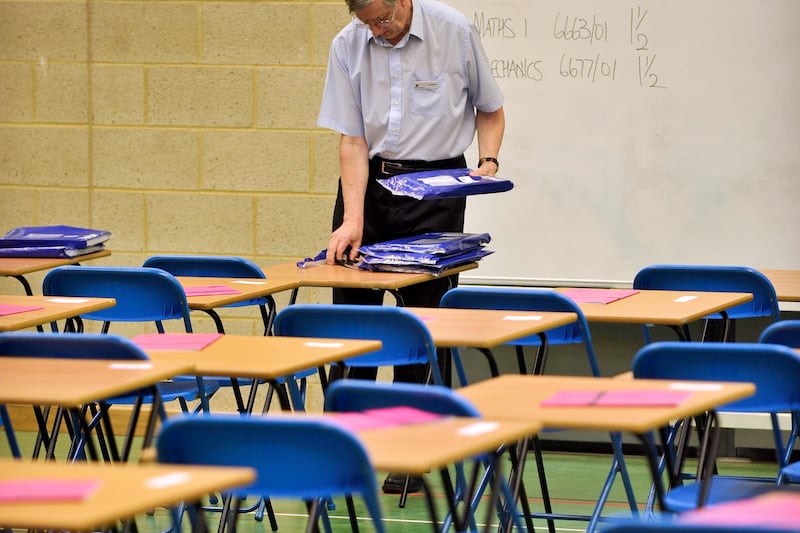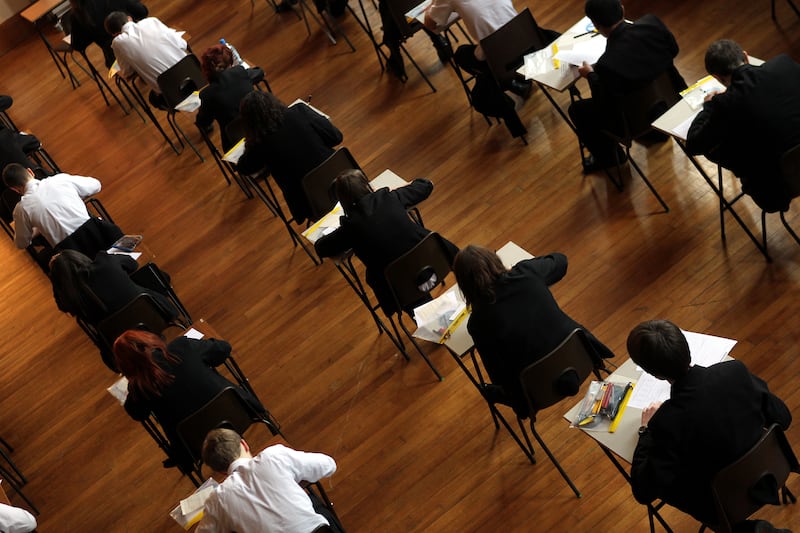FOR pupils who have faced the greatest disruption to their studies in living memory, yesterday represented a partial return to normality as A-level and AS results based on formal examinations were issued.
After two years of upheaval to their learning, some 44 per cent of A-level entries were awarded A* or A grades.
While the proportion of top grades - those marked A or above - has fallen since the record highs of last year, in comparison to 2019 when exams were last held before the Covid-19 pandemic, the top grades have increased by around 14 per cent.
So why the significant increase in results this year?
While 2022 saw a return to examinations, it was not a normal year and has effectively been deemed a "transition" year. With many students sitting public examinations for the first time in circumstances different to those of the pre-pandemic years, measures were put in place to smooth the transition.
A significant package of support, as set out by the examinations regulators and education departments, was provided by awarding organisations to students, schools and colleges in recognition of the ongoing challenges they faced as a result of the coronavirus crisis.
CCEA Regulation had announced in November that it would "be mindful of the effects of the pandemic on students and will seek to ensure that students are treated fairly".
Some of the support for this year's cohort included, for example, the option for students to reduce the number of exams they sat. Pupils had the option to omit a unit of assessment in most subjects, so that they could focus their revision. There were also assessment adaptions, as well as reduced coursework and contingency arrangements were also put in place for those who missed an exam due to illness, such as Covid-19.
This year's A-level marking system was also adjusted to reflect the difficulties caused by Covid.
Greater leniency has meant students may have needed fewer marks to reach a particular grade, or their papers may have been looked at more favourably if they were close to the boundary for a higher grade.
While it is intended that this year’s exams would be a transition year, grades were expected to be higher than pre-pandemic times.
But fears remain about what exactly yesterday's results will mean for young people who have faced two years of chaos to their education and could no doubt face an even bigger and unfair playing field going forward.








